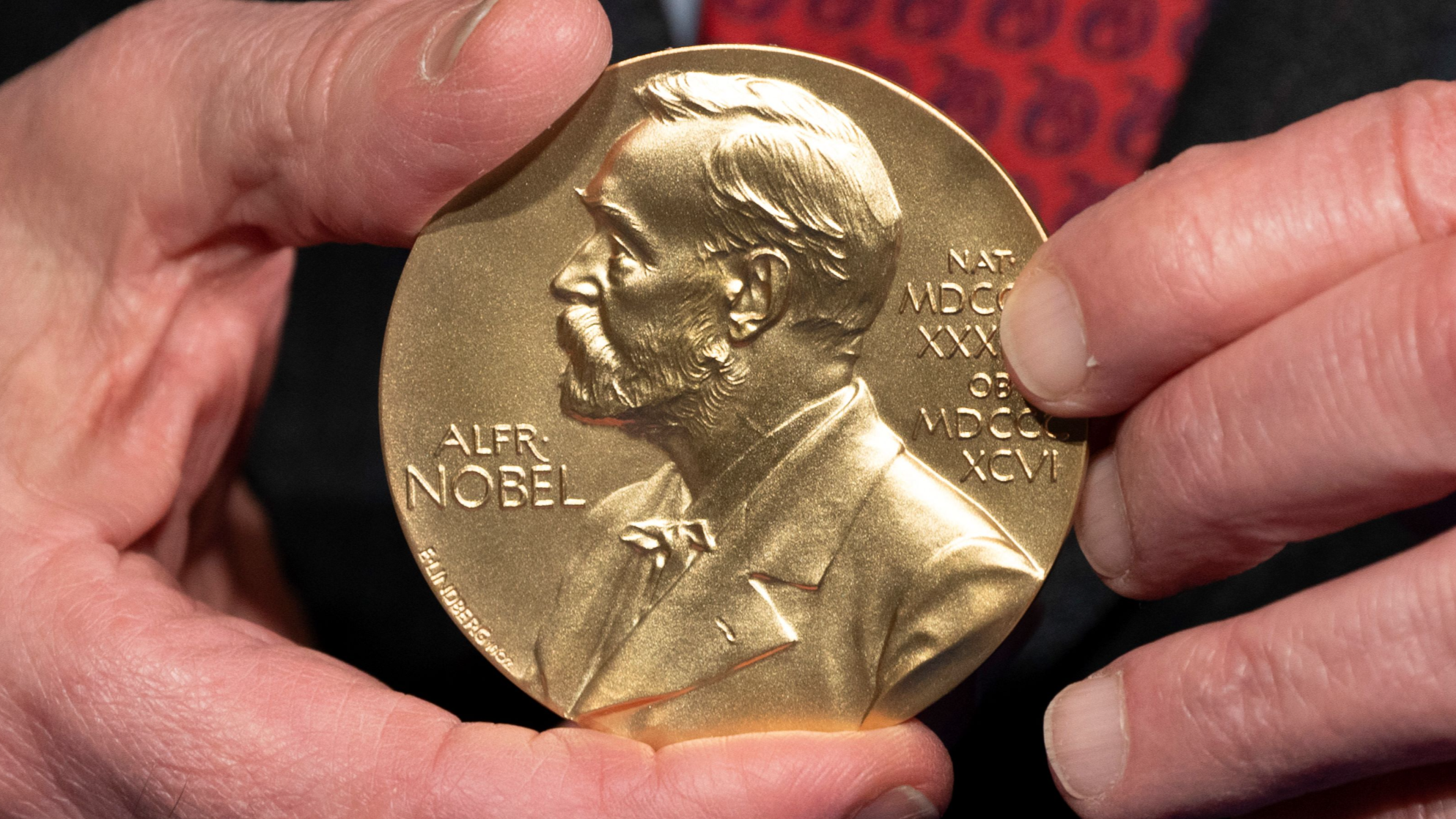The Royal Swedish Academy of Sciences has announced that the 2025 Nobel Prize in Economic Sciences will be shared by Joel Mokyr, Philippe Aghion, and Peter Howitt for their extensive contributions to understanding how innovation shapes long-term economic growth. The trio’s work provides a deeper explanation of why some societies continuously progress while others stagnate, highlighting the transformative role of technology and creativity in economic advancement.

Recognizing Innovation as the Engine of Growth
The Nobel Committee emphasized that the three economists were selected for “having explained innovation-driven economic growth.” Mokyr’s research has focused on how cultural and intellectual openness fuel technological progress, while Aghion and Howitt’s joint work provides a mathematical model explaining how innovation disrupts old systems — a process famously known as creative destruction.
Their insights have helped redefine how economists, policymakers, and institutions think about progress, inequality, and productivity. The findings also underline the importance of education, research, and competitive markets in fostering an economy that thrives on continuous renewal.
Joel Mokyr’s Contribution: Understanding the Roots of Technological Progress
Joel Mokyr, an economic historian at Northwestern University, has spent decades studying the conditions that make societies innovative. His research bridges history and economics to show that scientific understanding and open intellectual exchange are essential for sustained innovation.
Mokyr’s work demonstrates that while inventions existed in many ancient civilizations, sustained progress only began when societies began seeking scientific explanations behind how and why things worked. This shift, particularly visible during the Industrial Revolution, allowed for systematic development rather than isolated bursts of discovery. He also emphasized that innovation flourishes best in open societies that embrace experimentation and change.

Aghion and Howitt: The Architects of Creative Destruction
Philippe Aghion of Collège de France and Peter Howitt of Brown University revolutionized modern growth theory with their 1992 paper introducing a model of creative destruction — the cycle in which new innovations replace outdated technologies and businesses.
Their model shows how constant competition between firms drives economic growth but also creates challenges such as job displacement and inequality. This balance between progress and disruption remains at the heart of today’s global economic debates, influencing everything from technology policy to labor market design.
Aghion and Howitt’s theory explains how economies sustain growth over time by continuously reinventing themselves, an idea that has inspired policymakers to promote innovation-friendly regulations and investments in research and education.
Relevance in Today’s Economy
The 2025 Nobel Prize recognizes ideas that are more relevant than ever in the modern world. As artificial intelligence, automation, and digital platforms reshape industries, the principles of creative destruction continue to define how societies adapt to technological change. The laureates’ work serves as a reminder that innovation not only creates wealth but also demands thoughtful management of its social consequences.
The recognition of Mokyr, Aghion, and Howitt celebrates the intellectual foundation of an economy that learns, adapts, and grows through knowledge and creativity — a fitting tribute in an age defined by rapid technological evolution.
Follow You Finance on Instagram and Facebook for more updates on global economics, policy insights, and Nobel Prize stories shaping the world of finance and innovation.














